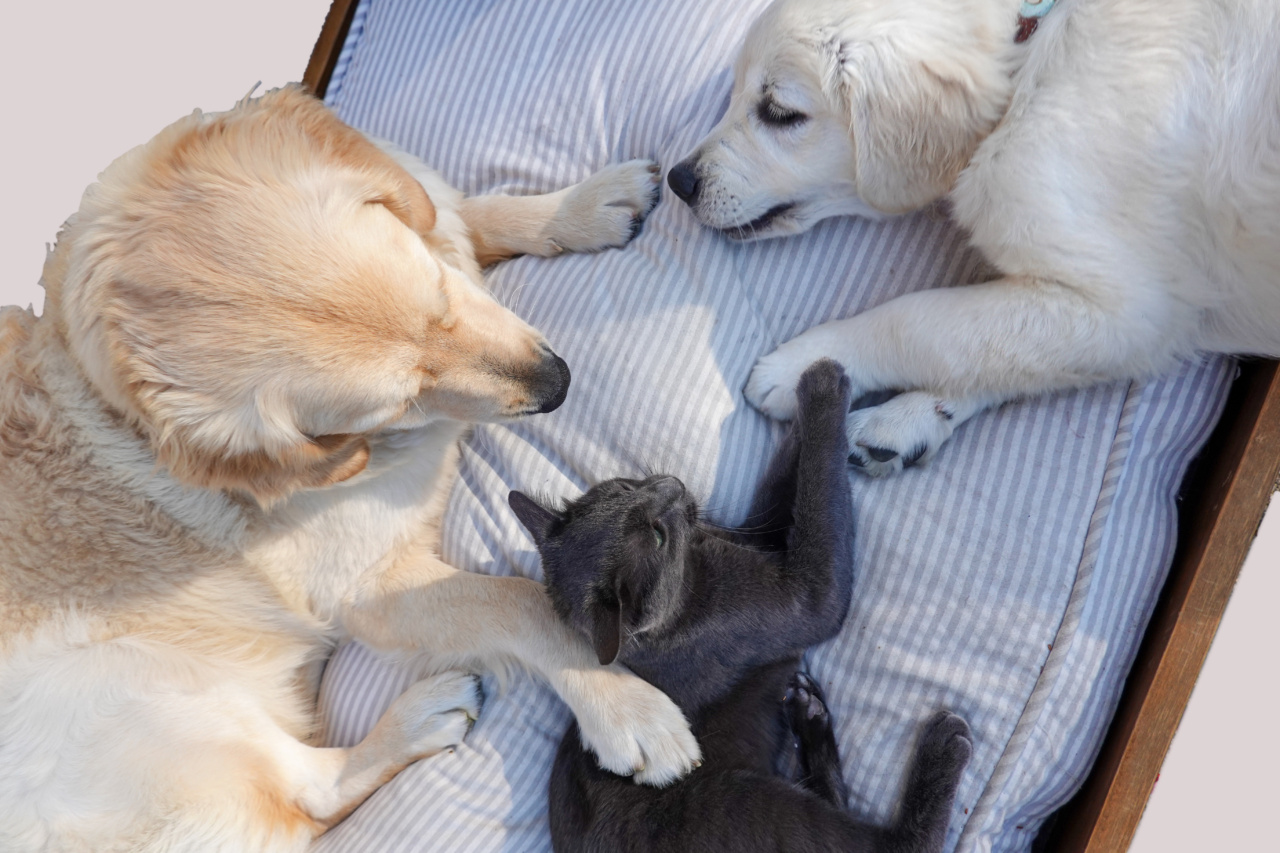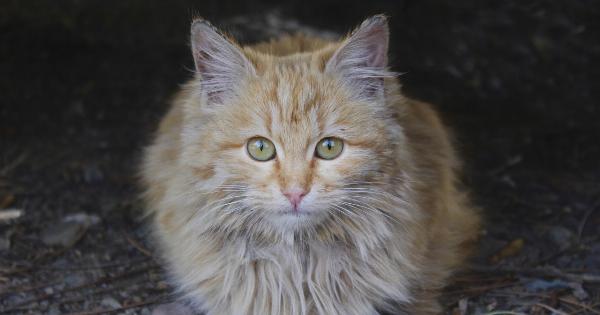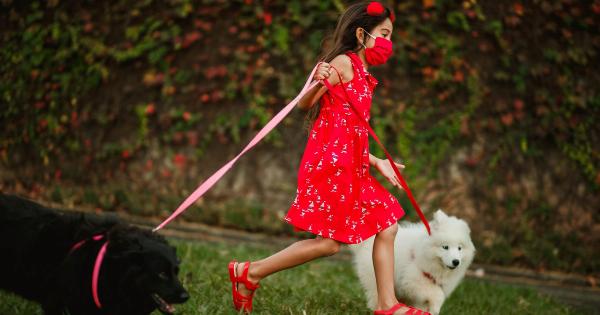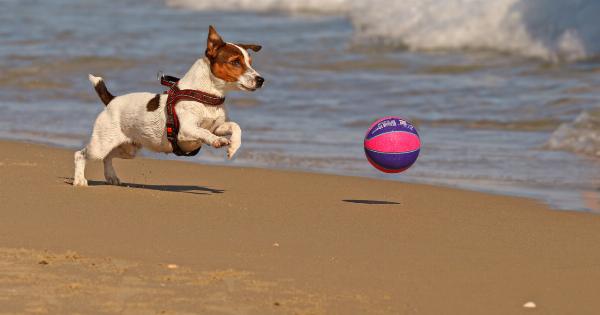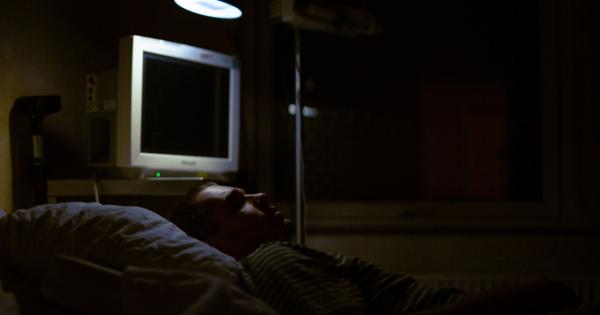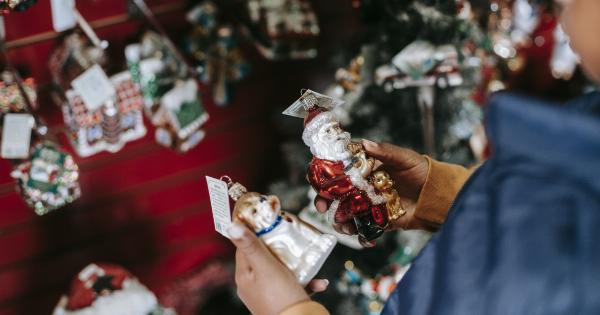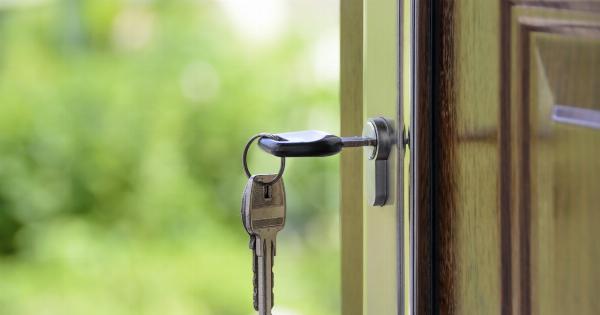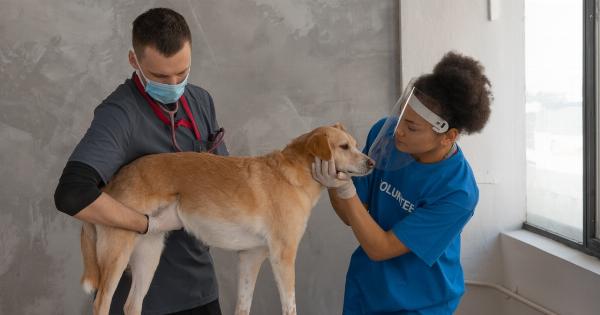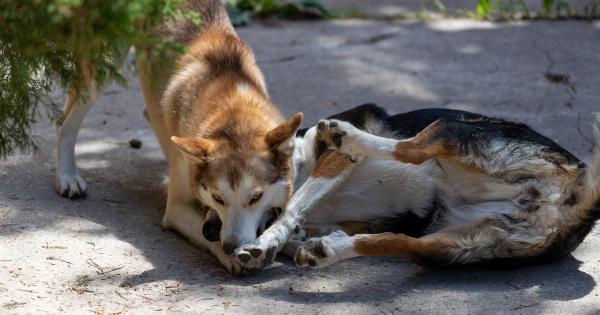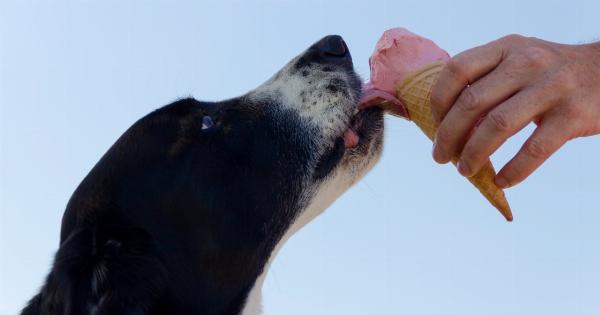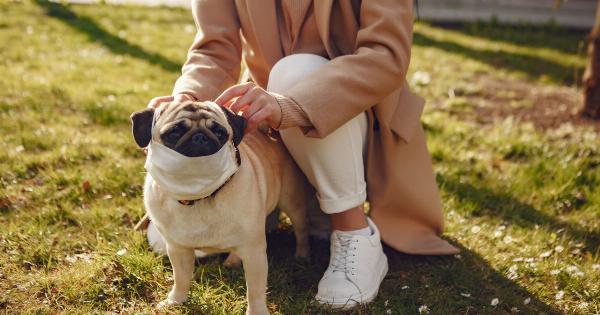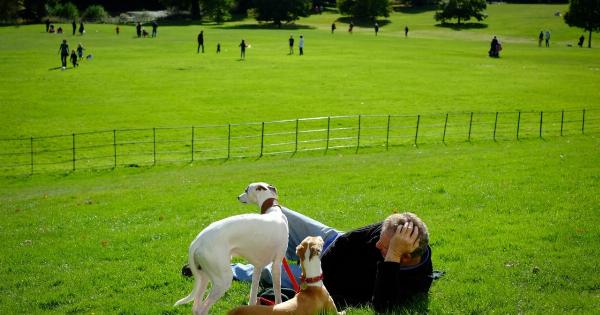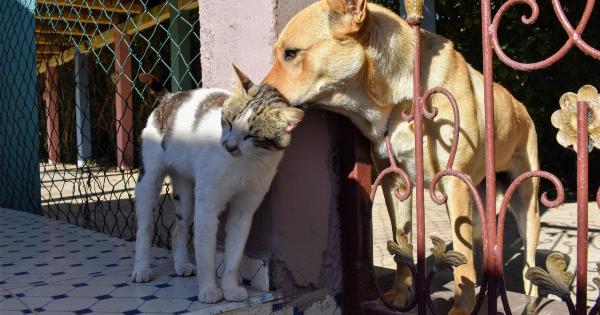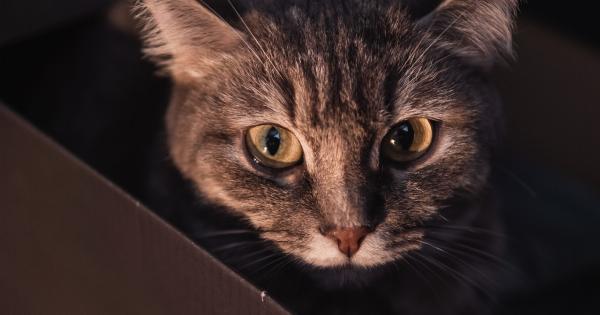Keeping a pet can bring joy and companionship to our lives, but sometimes accidents happen, and injuries can occur. Dogs and cats, while beloved members of the family, can unintentionally cause harm to themselves or others.
It is crucial to know how to handle injuries from dogs and cats to ensure the well-being of both humans and animals. This article will provide essential tips and advice on managing common injuries caused by our furry friends.
1. Assess the Situation
When an injury occurs, it is essential to stay calm and assess the situation. Determine the severity of the injury by checking for any visible signs of bleeding, wounds, or fractures.
Depending on the injury’s gravity, you may need to seek immediate medical attention or provide first aid at home. Remember, your safety should always come first.
2. Applying First Aid
For minor injuries that don’t require professional medical help, it is crucial to know how to administer first aid. Here are some common injuries and their corresponding first aid procedures:.
2.1 Treating Minor Cuts or Scrapes
If your dog or cat has a superficial cut or scrape, it is essential to clean the wound with an antiseptic solution.
Apply gentle pressure with a clean cloth or dressing to stop any bleeding, and consider using an antibiotic ointment to prevent infection. Keep the wound clean and covered until it heals.
2.2 Handling Sprains or Strains
Injuries like sprains or strains are common among active dogs and cats. If your pet is limping or in pain, it is crucial to restrict their movement and provide a comfortable resting area.
Apply a cold compress or ice pack wrapped in a cloth to reduce swelling. Contact your veterinarian for further guidance on pain management or medication.
2.3 Dealing with Bite Wounds
In case of a bite wound, it is essential to apply gentle pressure around the wound to encourage bleeding and flush out any bacteria. Wash the wound with mild soap and warm water.
If the bite is severe, deep, or shows signs of infection, seek immediate medical help. Remember to consult with your veterinarian regarding the risk of rabies and necessary vaccinations.
3. Seek Veterinary Assistance
While minor injuries can be managed at home, some injuries may require immediate veterinary attention. It is crucial to be aware of the warning signs and promptly seek professional help.
Common situations that require immediate veterinary assistance include:.
3.1 Fractures or Broken Bones
If you suspect your dog or cat has a fracture or a broken bone, handle them with extreme care to prevent further damage. Immobilize the affected limb using a makeshift splint if available, and transport your pet safely to the nearest veterinary clinic.
3.2 Uncontrolled Bleeding
If your pet is bleeding profusely and you are unable to control it, immediately visit the veterinarian. Applying direct pressure on the wound and using clean dressings or cloth can help mitigate bleeding while en route.
3.3 Breathing Difficulties or Choking
If your pet is experiencing difficulty breathing or is choking on an object, it is crucial to act swiftly. Attempt to remove any visible obstructions without harming yourself or your pet. If the situation persists, seek veterinary assistance immediately.
4. Preventing Injuries
While accidents can happen, there are measures you can take to minimize the risk of injuries caused by dogs and cats:.
4.1 Supervise Interactions
Always supervise interactions between your pets and young children or unfamiliar individuals. Teach children how to approach and handle animals with care to prevent bites or scratches.
4.2 Provide Safe Spaces
Ensure your pets have safe and designated areas where they can retreat and relax, away from potential hazards. Provide comfortable bedding and toys in these spaces to encourage the animals to use them.
4.3 Regular Veterinary Check-ups
Schedule regular check-ups with your veterinarian to detect any underlying health issues that could potentially lead to injuries. Vaccinations, parasite prevention, and overall wellness examinations contribute to your pet’s well-being.
4.4 Training and Socialization
Proper training and socialization play a vital role in preventing behaviors that can potentially lead to injuries. Enroll your pets in obedience classes and expose them to various social situations to ensure they are well-behaved and non-aggressive.
Conclusion
Handling injuries caused by dogs and cats requires a calm and level-headed approach. Assess the situation, administer first aid for minor injuries, and seek immediate veterinary assistance whenever necessary.
By taking preventive measures and ensuring the safety of both humans and animals, you can create a harmonious and injury-free environment for everyone.
